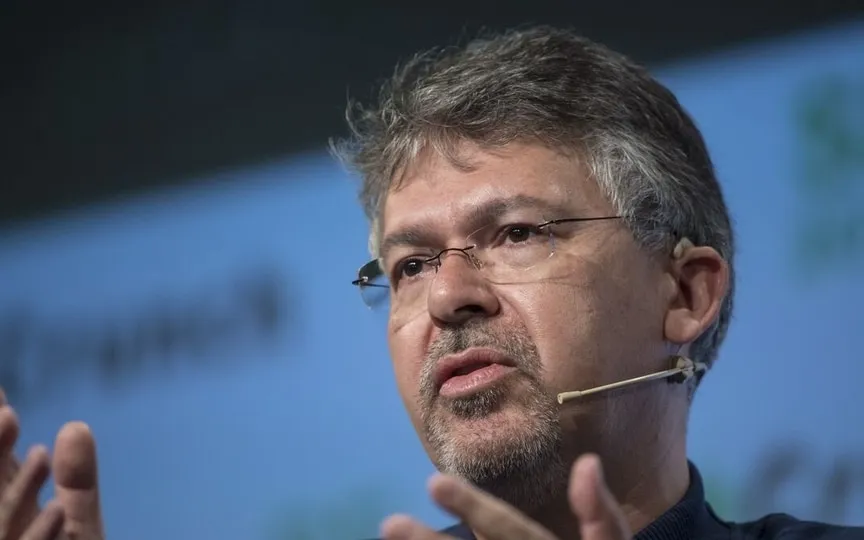Google Trial Witnesses Testimony from Apple’s AI Chief on Private Browsing
John Giannandrea, previously a high-ranking Google executive who joined Apple Inc. to oversee its artificial intelligence division, highlighted a subtle modification in the most recent iPhone software update. This alteration grants users the ability to choose a search engine other than Google’s while browsing the internet in private mode.
iOS 17, released on Monday, added “another setting so you can choose two different” search engines, Giannandrea said in federal court in Washington as part of the Justice Department’s antitrust lawsuit against Alphabet Inc’s Google.
The change means iPhone users can more easily switch between Google and another search engine with a single tap.
The difficulty of switching search engines has been hotly contested in a US government antitrust lawsuit, which alleges that Google illegally maintained its monopoly on online search by striking deals with web browsers and smartphone makers, including Apple.
Google said in its keynote last week that it’s easy for users to switch search engines “in seconds.” But on Thursday, Gabriel Weinberg, CEO of rival search engine DuckDuckGo, testified that Google’s default mode in browsers is a barrier to switching users, saying there are “just too many steps.”
Google’s agreement with Apple makes it the preselected or default search engine in Safari, the web browser for iPhones, iPads and Macs. In return, Google pays Apple a portion of the revenue it earns from advertising. Although the exact amount is confidential, the Justice Department previously said in the case that Google pays Apple $4 billion to $7 billion a year.
In his testimony, Giannandrea said that Google is still Safari’s default search engine in private mode, which does not keep a history of the websites a user has visited. But users can now choose Yahoo Inc., Microsoft Corp.’s Bing, DuckDuckGo or Ecosia for private browsing, he said.
Giannandrea worked at Google from 2010 to 2018 as a director responsible for search planning. The Scottish-born executive, now 58, then moved to Apple, where he leads the company’s AI and machine learning efforts. He testified briefly Thursday, returning to the stand for more than four hours during a sealed hearing Friday.




